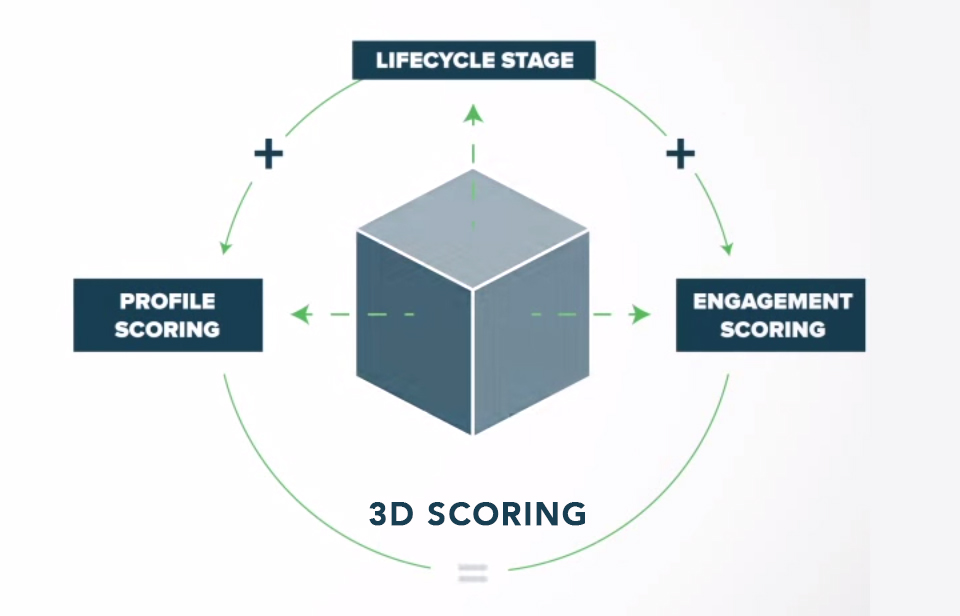Many marketers are skeptical of new marketing tools, and rightfully so. It’s just one more thing that does something slightly different than the last thing. The dashboard looks sleeker, the algorithms are a little more advanced, or the reports are shinier.
Sometimes 3D scoring gets that same look. People ask, “Isn’t this just the repackaging of something we’re already doing with a newer, hipper term?” or “Is this just more business jargon that’ll change in 12 months?” No, on both counts. 3D scoring is the natural evolution of the valuable data you’ve been collecting on your customers for years, and using it to best serve these customers and ultimately, increase your sales and your bottom line.
First, identify demographics or firmagraphics.
You’ll build your 3D scoring by identifying your customer. You’ll want to know “Who is this person? Are they the right fit for my company?” The type of business you’re in will determine which profile you will use to 3D score your customers.
B2C organizations should focus on demographic data, such as their age, gender, income, occupation, marital status, number of children, square footage of their home, zip code, reading subscriptions, association memberships and affiliations, and so on.
B2B organizations should focus on firmagraphic data, which includes company revenue, years in business, number of employees, proximity to other buildings, zip code, minority-owned status, number of service centers and factors like that.
The second piece of 3D scoring is engagement.
In other words, you will want to know how this customer is engaged with your brand? Do they only see you at trade shows? Do they speak to you by phone regularly? Do they follow you on Twitter, Facebook and Instragram and check in on FourSquare when they visit your location? Do they do your webinars? How they engage with you can affect their relationship with you. More personal interactions often means more personal relationships.
Third, identify where your customer is in their relationship with you.
If you aren’t already, you need to segment your database according to the length of time your customer has been your customer. Is this a lifelong customer who has bought every product you have? Is this a new customer who is unaware of all of your company’s offerings? As you can imagine, the type of email you send to a lifelong customer differs greatly from the one you send to someone early in his or her relationship with you.
While many marketers segment their databases by demographics or firmagraphics alone, they need to be sensitive to the customer’s stage in the lifecycle and rely more on 3D scoring. A new customer who has only ever emailed you won’t be as strong as the long-term customer who has visited your office. Similarly, the person you met at the trade show may be the weaker customer than the one who has silently purchased from you for five years. You won’t know that without 3D scoring.
Interested in learning more? Be sure to checkout, Smarter Lead Scoring.

